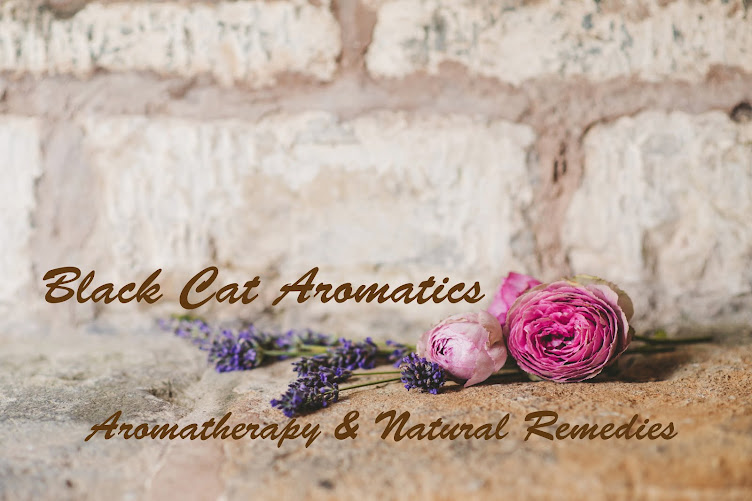*This is Part 3 of a Spring Cleaning Series using essential oils. The links for parts 1 & 2 are at the bottom.
More recipes will follow in subsequent posts.
There is no need to buy those bottles of harsh cleaners to clean toilets or counter tops. I use the following two cleaners routinely for cleaning. Buying baking soda and vinegar in bulk at warehouse stores like Costco saves money and means I always have a large supply on hand for making homemade cleaners.
There is no need to buy those bottles of harsh cleaners to clean toilets or counter tops. I use the following two cleaners routinely for cleaning. Buying baking soda and vinegar in bulk at warehouse stores like Costco saves money and means I always have a large supply on hand for making homemade cleaners.
Disinfecting Toilet Cleaner
1/2 cup baking soda
1/2 cup vinegar
10 drops total essential oils (3 drops Lemon, 3 drops Mandarin,
2 drops Tea Tree & 2 drops Black Spruce)
Pour baking soda and vinegar into toilet bowl. Add essential oils and scrub.
Let sit for 10-15 minutes and then flush.
You can make a stock bottle of this essential oil blend to make gathering your supplies easier. I like reusing empty essential oil bottles for my cleaning blends.
You will need an empty 15 ml essential oil bottle- just pop the orifice reducer off and set aside. Be sure to push it back into the bottle once you've refilled it.
To fill your 15 ml bottle, you will need:
5 ml Lemon (Citrus limon)
5 ml Mandarin (Citrus reticulata)
3 ml Tea Tree (Melaleuca alternifolia)
2 ml Black Spruce (Picea mariana)
It is helpful to have a graduated cylinder to measure the oils. If you don't have one, you can carefully count your drops. There are approximately 20 drops in 1 milliliter. With that measurement, you will need 100 drops Lemon, 100 drops Mandarin, 60 drops Tea Tree and 40 drops Black Spruce. This stock bottle amount will be enough for 30 toilet bowl cleanings.
Don't forget to label your bottle.
Disinfecting Spray
15 oz Water
1 oz Vinegar
20 drops Peppermint (Mentha x piperita)
30 drops Green Mandarin (Citrus reticulata)
30 drops Black Spruce (Picea mariana)
16 ounce Spray Bottle
Combine water, vinegar and essential oils in a spray bottle. Shake well before each use.
Spray on kitchen and bathroom counters and wipe clean with a damp sponge or cloth.
*Test this in an inconspicuous spot first to see if it's safe for your counter type.
Alternative essential oils to use:
20 drops Peppermint (Mentha x piperita)
30 drops Sweet Orange (Citrus sinensis)
30 drops White Pine (Pinus strobus)
*This is Part 2 of a Spring Cleaning Series using essential oils. More recipes will follow in subsequent posts.
You can find more posts from this series here:
Part 1
Part 2
Part 4





